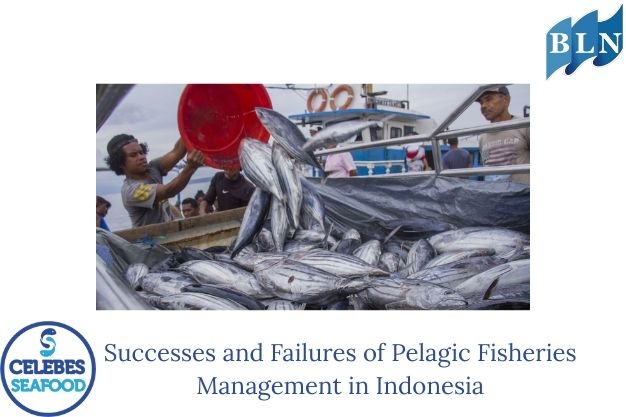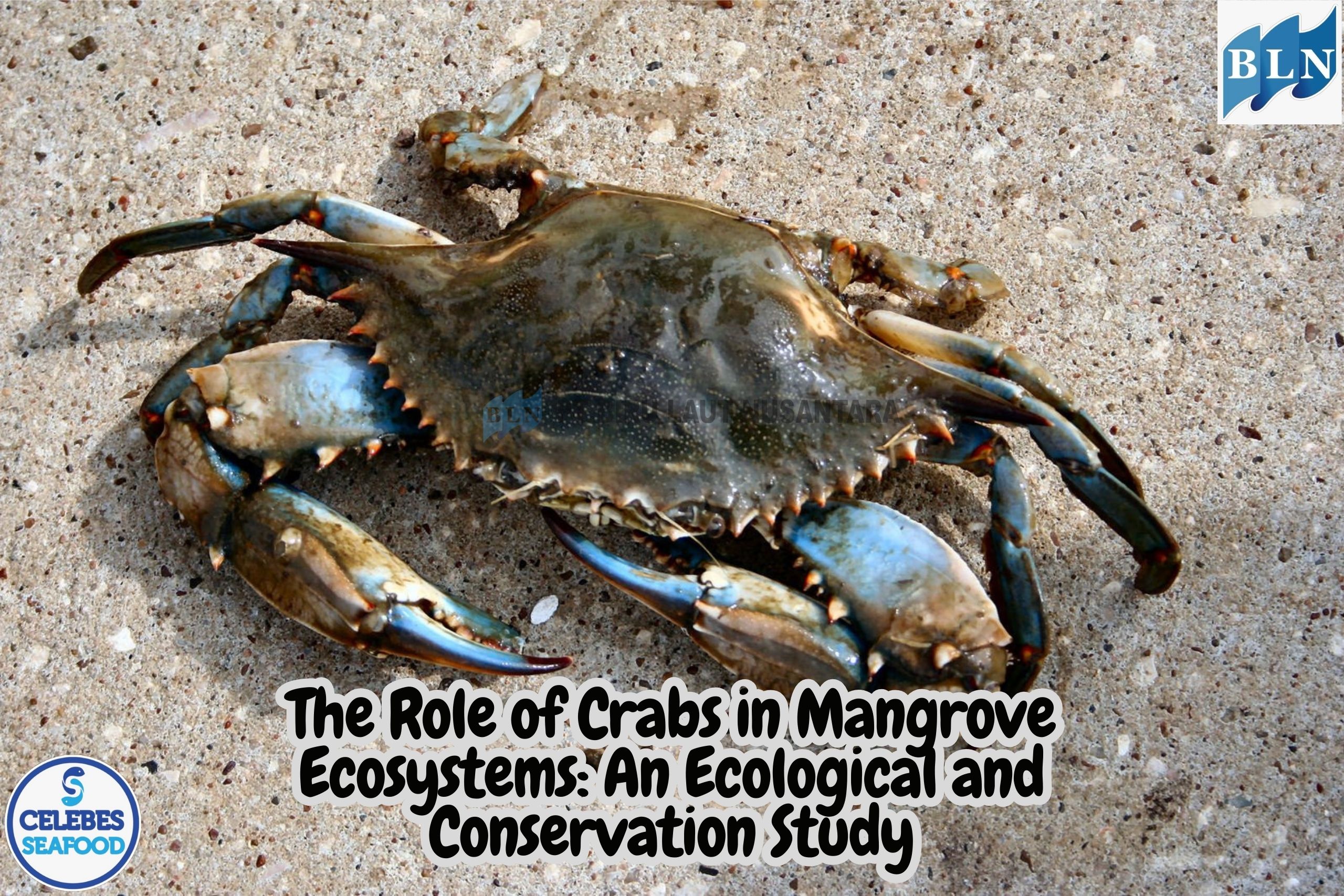Fish and Fishery Products: A High-Quality Nutritional Source for Public Health
By. Azizah - 14 Jul 2025.jpg)
lautnusantara.comFish and fishery products are among the most important sources of animal protein, especially in maritime countries like Indonesia. Their high nutritional value, delicious taste, and abundant availability make fish a strategic food source in efforts to improve community nutrition. Moreover, the advancement of fish processing technology has expanded the variety of fish-based products available in fresh, frozen, dried, canned, or ready-to-eat forms.
Nutritional Content of Fish
Fish are known for their high-quality protein, complete with all essential amino acids. Key nutrients found in fish include:
-
Protein: 16–22 g per 100 g
Supports muscle building, hormone and enzyme production, and immune function. -
Omega-3 Fatty Acids (DHA & EPA): 200–2,000 mg per 100 g
Play a role in brain development, heart health, and inflammation control. -
Vitamins:
-
Vitamin A: essential for eye health
-
Vitamin D: supports calcium absorption and bone strength
-
Vitamin B12: aids in nerve function and red blood cell production
-
-
Minerals:
-
Iodine: prevents goiter and supports thyroid function
-
Selenium, phosphorus, and iron: vital for metabolism and immunity
-
Types of Edible Fish and Their Benefits
|
Fish Type |
Key Nutrients |
Health Benefits |
|---|---|---|
|
Fatty marine fish (tuna, mackerel, sardines) |
High in omega-3, vitamin D |
Supports heart and brain health, anti-inflammatory |
|
White/demersal fish (grouper, snapper, pomfret) |
High in protein, low in fat |
Ideal for diets and muscle development |
|
Freshwater fish (tilapia, catfish, gourami) |
Easy to farm, protein source |
Affordable option with good nutritional val |
Fishery Product Variations
Fish can be consumed in a variety of processed forms thanks to preservation and value-added techniques:
-
Smoked, salted, and dried fish
Suitable for long-term storage, especially in areas with limited refrigeration. -
Canned fish (sardines, tuna)
Nutritious and convenient for daily consumption or food aid programs. -
Frozen products (fillet, fish nuggets, fish balls)
Great for menu variety at home, especially for children. -
Fish paste and shredded fish
Add value and competitiveness to local products, and serve as innovative protein alternatives.
The Role of Fish in Food and Nutrition Security
-
Reducing malnutrition and stunting
The micronutrients in fish are vital for early childhood development. -
Functional food source
Fish contain bioactive compounds with health-promoting effects such as preventing degenerative diseases. -
Economic potential and coastal community empowerment
The fisheries sector can create jobs and boost income for fishers and aquaculture farmers.
Challenges and Solutions in Fish Consumption
Challenges:
-
Limited distribution access in remote areas
-
Low fish consumption habits in some regions
-
Food safety concerns (histamine, heavy metal contamination)
Solutions:
-
Public education through campaigns like "Gemarikan" (Love to Eat Fish)
-
Strengthening the cold chain infrastructure
-
Innovation in fish-based products using appropriate technologies
-
Food safety certification and quality control improvements
If you are interested in our Coral Trout Fillet Skin On, CORAL TROUT WGG WHOLE GILLED GUTTED, TOMATO COD WHOLE GILLED GUTTED please do not hesitate to contact us through email and/or whatsapp.
.jpg)







 on the Seabed.jpg)